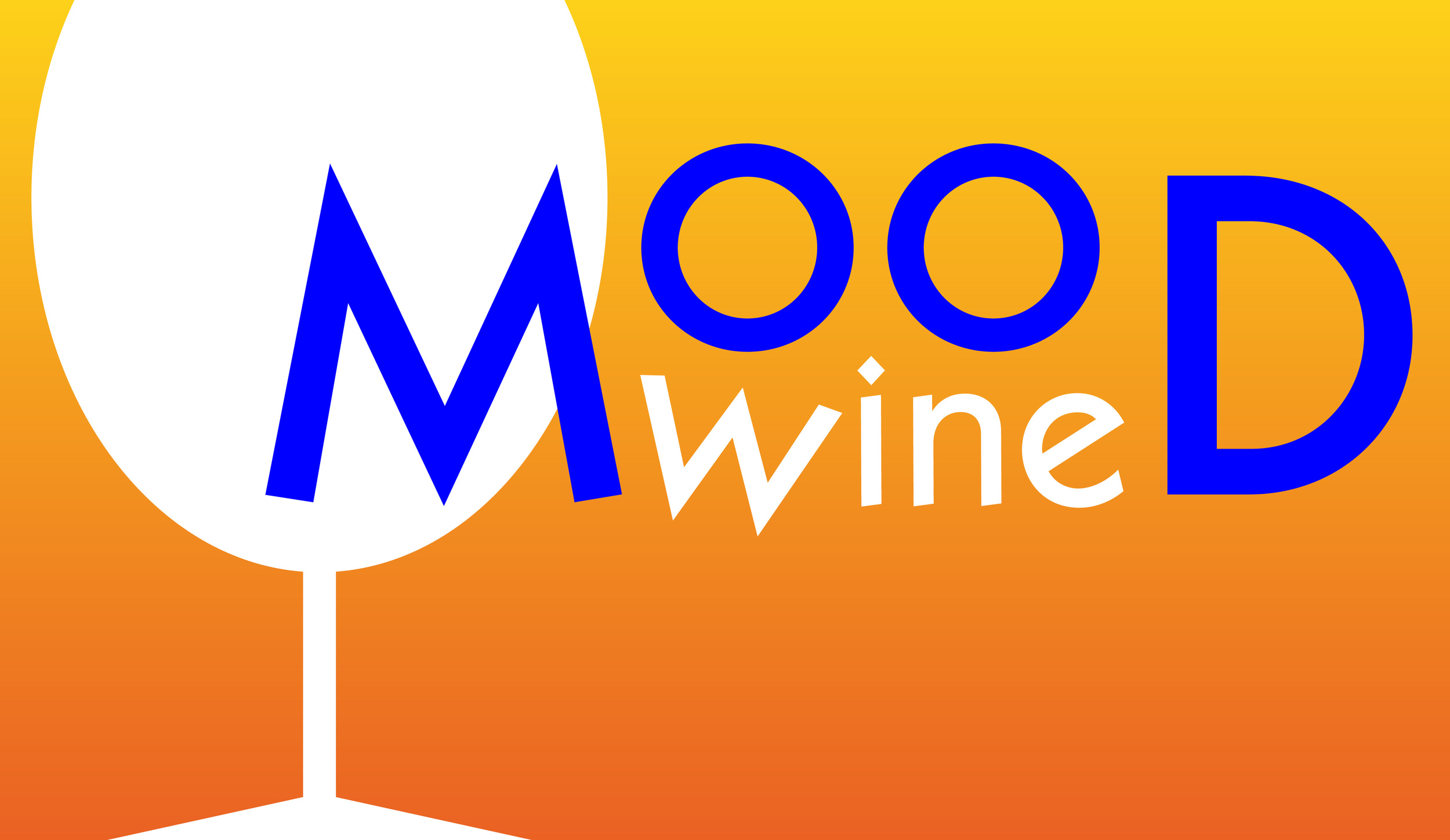WINE MENU: L.A. WINE BAR!
This is the second in our wine menu series, where we navigate a wine menu together. Come along for the ride!
Here we are at Hayden in Culver City enjoying New American Cuisine such as these amazing oysters. Three different kinds! Delicious. A perfect happy hour snack.
Let's check out the wine menu.
We're gonna skip the delicious beer and cider options and move along to the wine, because for us, that's where the action is tonight.
BY THE GLASS PRICING
You have to remember, we're in urban Southern California. Rent's high and servers gotta get paid. I temper my expectations accordingly. Given all that, the glass prices here seem quite good. (Happy hour is even better!)
Rule of thumb: the price of a single glass, if multiplied by the number of glasses poured out of the bottle, should equal or perhaps slightly exceed the bottle price. It would appear that is the case here, if the pours are 6 ounces (roughly four per bottle). In many establishments they are 5 ounces (roughly five per bottle). At 6 ounces I like these glass prices. At 5, I don't.
I assume here these are 6 ounce pours, but the reason I sound unsure is because we ordered a whole bottle. (Don't look at me like that!)
BUBBLES
Neither is from Champagne, which is fine—we may be looking at a better value for French bubbly. In the past I've imbibed quality sparkling Vouvray (made from Chenin Blanc), and that may be what we're looking at here—it's from that part of France.
Since it's a wine bar, I bet the server can answer questions!
Are these Chenin Blanc? If not, what are they?
How do they differ?
WHITES
What an awesome, inventive selection. Several wines jump out at me.
Picpoul? Yum! I'm adventurous and would love to try a single-varietal Picpoul Blanc, a minerally, acidic grape from the south of France generally used in white blends. It's also grown in Spain, and in Arizona! It cries out for an oyster pairing.
Patrick with our pal Christine from Dead or Alive Wine Bar.
The next one that leaps off the page is the dry Riesling from Alsace. I am assuming it's dry for two reasons: (1) it's Alsatian, and some of my all-time favorite dry white wines come from this magical region; (2) in an upscale wine bar such as this, a sweet Riesling will be less desired and will not generally appear alongside dry whites. But, I could always ask and make sure!
Next, what's that? Do I see white Burgundies? Yes I do! Two of them! Now, it's important for your wine education that you know what a white Burgundy is: it's an elegantly-oaked Chardonnay. The highest-end white Burgundy, a Montrachet, is like beautiful golden velvet. These on this menu are much more affordable, but probably still delicious if you're in the mood for chard.
We also have a Loire white, probably made from Chenin Blanc, and an Albariño from California. The Albariño, if I ordered it, would need to be unoaked like the classic Albariños of Spain.
But you might like a touch of oak on yours.
PINK
Dang it, why do they have to make this decision so difficult? We adore rosé, and if it were a hot summer night there'd be no question about what we would do here. The Mendocino rosé, if made from Pinot Noir, would be an interesting and beautiful choice. Probably the Loire rosé is also from Pinot. It would be fun to compare them.
Here it is again so you don't have to scroll up!
RED
Patrick and I are in the mood for white and we can't resist that Picpoul, but let's have a word about the red wines.
On the menu we see two chilled red wines—WHAT?—and if it were a hot summer evening I'd be sorely tempted to get adventurous. Then we have a Blauburgunder, also known as a Pinot Noir from DE (Deutschland = Germany); we have a Spanish red, probably Garnacha-dominant; a French Beaujolais—not a Thanksgiving Beaujolais Nouveau, but a more reputable red wine made from the same Gamay Noir grape; a Sicilian red; and finally a more conventional-looking red Bordeaux.
“In a situation like this, your Mood Wine education will serve you well.”
In a situation like this, your Mood Wine education will serve you well, because we care less about the idiosyncrasies of specific labels, and more about what to expect from particular wine regions.
All but one of these reds are European and though most European red wines are not meant to be enjoyed without food, I'm betting that a hip upscale wine bar is going to suss out of their distributors interesting, perhaps slightly more New World-style wines from these regions. Plus, I do have a menu of wonderful snacks in front of me for pairing with whatever wine I settle on.
If I'm a Pinot lover I'm jumping at the Blauburgunder. Ditto the Bordeaux (Merlot, Cabernet Sauvignon, Cabernet Franc, etc.). But if I want an inkier, drier, possibly even earthier red wine I'm going to give the Sicilian or the Spanish a try. If I want the most austere, least fruit-forward wine, I'm probably going to choose the Sicilian. Nothing is entirely guaranteed, but I have a pretty good idea what each of these wines will be like based on where they come from.
For the money, the Spanish wine has my attention.
That's it for now. Here's to wine bars! And delicious oysters!




